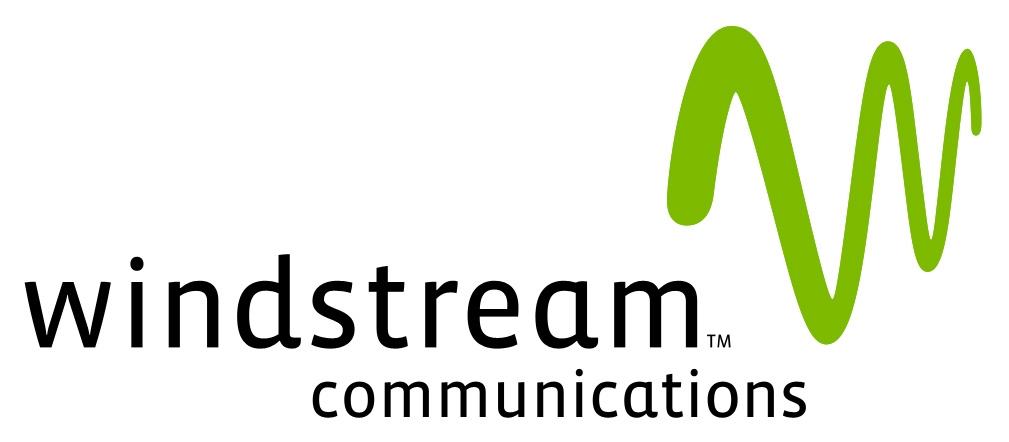 Windstream disappointed Wall Street Friday when it reported a 16 percent income drop for the third quarter of the year, surprising investors who expected more from the Little Rock, Ark. phone company.
Windstream disappointed Wall Street Friday when it reported a 16 percent income drop for the third quarter of the year, surprising investors who expected more from the Little Rock, Ark. phone company.
Windstream is attempting a makeover as it attempts to shed its image as a residential landline service provider for brighter prospects delivering business telecommunications services. But shareholders weren’t impressed as company officials noted the company has increased spending on capital projects like data centers and wiring cell phone towers with fiber optics and the $840 million acquisition of Fairport, N.Y.-based PAETEC Holding Corporation.
Most of Windstream’s successes are tied to the company’s business products and services. The company reported growth selling advanced Internet products to corporate customers, including virtual LAN services and dedicated Internet access. A considerable amount of the company’s Internet revenue growth is coming from data center services such as webhosting and wireless backhaul circuits sold to cell phone providers.
Windstream’s residential customers can be split into two groups: traditional landline users who are increasingly disconnecting their service and those who are buying DSL service to accompany their existing phone line. Windstream reported another 4.6% of their residential customers permanently disconnected service this year. Windstream’s largely rural customer base has remained more loyal and the company added an additional 8,000 DSL customers during the quarter, a growth of 4.4%. Windstream’s penetration rate for broadband among their landline customers is 65%.
Keeping broadband customers loyal to DSL requires regular service improvements to avoid customer poaching by cable competitors, and Windstream is attempting to keep up with a $40 million investment to improve broadband speeds, including the introduction of advanced VDSL service in selected areas.
“We increased broadband speeds to residential and business customers that can now offer 12Mbps service to over 40% of our footprint and 24Mbps service in our most competitive markets,” said Windstream chief operating officer Brent K. Whittington. “We expanded our Raleigh data center to increase the floor space by 10,000 square feet to keep up with the rapidly growing customer base and demand for cloud-based services.”
Whittington notes customers that hunger for faster broadband speeds are using them largely to watch online video, and Windstream has begun marketing campaigns targeting video-hungry customers. Customers using the Internet for basic web browsing and e-mail are not very interested in paying more for faster service, however.
“Customers still don’t want to pay incrementally for higher speed services,” Whittington said. “We try to position Windstream as all the speed you need, which is really trying to help make sure customers understand our parity with cable as it pertains to speeds because some of the perceptions around traditional ADSL services, they’ve used against us, and that’s working for us. But again, customers really just, we find, don’t want to spend a lot more for incremental speeds. We see that as revenue upside in the future, but not seeing a great deal of demand there right now.”
While Windstream customers will likely find current product pricing stable over the coming year, the FCC’s recent approval of Universal Service Fund (USF) reform does allow the phone company to raise rates on customers. Some Wall Street investment firms have suggested Windstream do precisely that to boost revenues.
Timothy Horan from Oppenheimer & Co., Inc. noted Windstream’s local rates seem low.
“I don’t think they’ve been raised for a long period of time,” Horan observed. “I think you have to go through some [state regulators], but can you do that without having rate cases, and is that part of the plan at all?”
Anthony W. Thomas, Windstream’s chief financial officer, tried to put Horan at east.
“The FCC has provided a mechanism, it is our understanding, in the order that will allow us to pass along price increases up to $0.50 per month to our customers over a 5-year period,” Thomas explained.


 Subscribe
Subscribe
